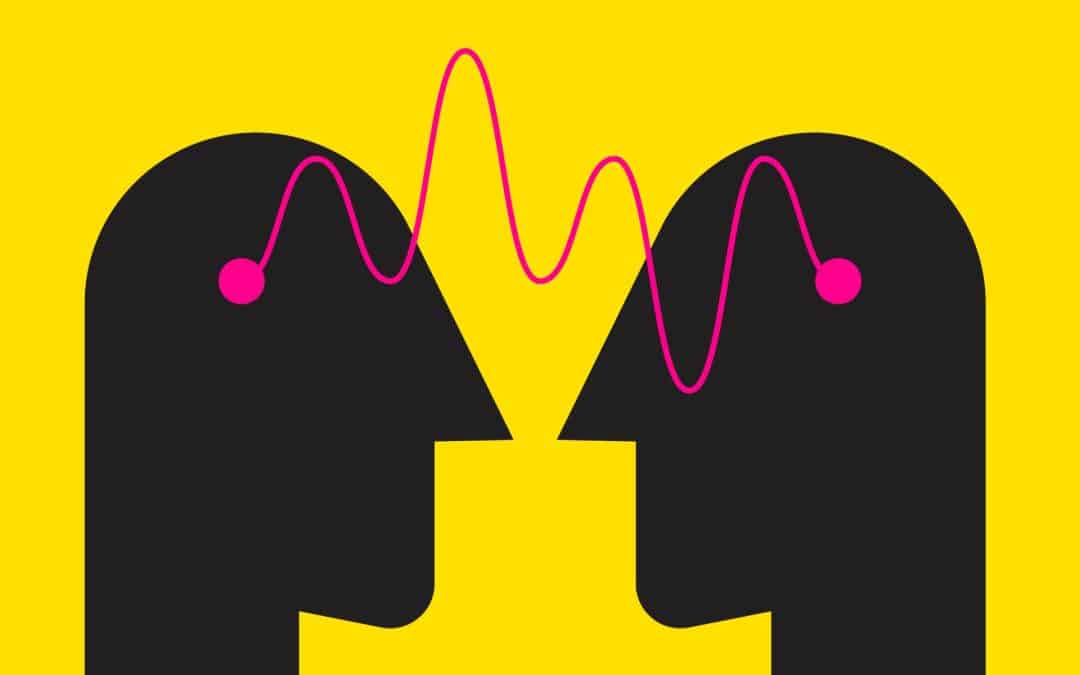
What is the truth about autism?
Autism is confounding. The meaning of the term has gone through so many permutations in the last decade it is hard to know which way is up. We have gone from ‘autism as brain pathology’ to ‘autism is a superpower’ to, in some circles, ‘there are no symptoms of autism’. Where we have quite rightly expanded and explored wider metaphoric horizons in what was a narrow and demeaning way to perceive the condition, now, it is an offence to call it a condition!
People who are at the forefront of the autism advocacy movement often don’t agree. There are disputes about terminology like ‘profound autism’ and ‘severe autism’ and that these terms segregate or give better access to healthcare. There are disputes about ‘low’ and ‘high functioning’ as offensive terms at the same time as people are arguing that ‘high functioning’ autistics are still disabled. We argue about names, we argue about the correctness of ‘autist’, ‘autistic’, ‘person with autism’. We cancel people left, right and centre (the recent takedown of Judy Singer, the autistic thought leader who helped forward the movement and who coined the term neurodiversity, being case in point). Parents often don’t know which way to turn. They are often greatly chastised for seeking help for their children, critiqued as not having autistic pride, for not loving their kids for who they are. While some desperate souls are still being given electric shocks and being detained in schools.
Will it end? Do we all need to agree? What is the truth? Or, do we need to widen our view, so that we can encompass something new about autism and learn something about humanity as a whole?
Truth is defined as ‘assertions, beliefs, thoughts, or propositions that are said, in ordinary discourse, to agree with the facts or to state what is the case’. But what happens when you have a million people trying to state their particular case? French author Andre Gide said that ‘the colour of truth is grey’, meaning there is no absolute truth. Being of an autistic sensibility, I prefer to say that the colour of truth is colour. Truth is a kaleidoscope of colour. It is multifaceted and multidimensional. We can’t keep arguing as if this isn’t true. Autism is complex and multi-faceted. We are never going to have one correct position, there are just two many factors and too many people.
My truth is that autism is both a neuro-physical limitation and it is an avenue to higher cognition that is not easily afforded to the neurotypical who has had an easy enough physical and mental existence. Autism seems to allow for a synchrony to the sensory world, a way of seeing that is extraordinary. When I talk to my fellow autistics, what always strikes me is the way in which they are almost all of this mind. It’s fascinating, there is this global awareness, this deep empathy for the world; it’s a deeper, different kind of intelligence, a different way of seeing the world.
From my science mind, I look at whether the early neuro-physical constrictions experienced in autism result in the development of a more global brain, or whether the brain is already more expansive and just needs rewiring back into the system? Like so many people say “ I have a software mismatch, I’m a Mac system trying to work with a Windows PC’ there is an awareness of themselves as a system, albeit one that needs a little upgrade!
The Buddhists say that a child who has had very early challenges is lucky because they get to stay connected to who they truly are. They remember themselves as pure awareness, they don’t arrive on the planet and become promptly lulled into society by the luxury of a fully functioning body. To me, this is true of the autist. For whatever reason, people on the spectrum seem to know they are more than their bodies, more than their mind. While neurotypicals can spend years trying to find themselves on a spiritual path, autistics, for all their flaws and imperfections, just seem to know they are more. There is something cool about the autistic mind. If you have a mind to look, you’ll see there is an extra-awareness, an extra sensibility that is quite magic.
This doesn’t mean that life is easy. It doesn’t mean that autistics are always moral and good (if we go down this path we just make more of ‘us and them’), but it does mean that for each and every one of us there is much more than what you see on the outside.
As a society we are so used to distributing intelligence to a very narrow set of criteria. For example, profound autism is defined as ‘having an IQ of less than 50 or being nonverbal or minimally verbal’; but this doesn’t take into account the person inside, who has a myriad of thoughts, observations and connections that we don’t know how to measure. While we may label people as having profound autism and while they may have extensive physical needs they also, if able to share what’s going on inside them, show themselves to have extraordinary intelligence, beauty and artistic expression. People when they are able to speak via computer, via art, via sharing the music that they love, exhibit a profound love of life and their fellow human beings. The body is locked. It might even lock the mind. But it does not, cannot lock consciousness.
Consciousness in non-localised. It does not dwell solely in the mind. Your soul is your sentience and people with profound autism and intellectual disability, just may be more connected to theirs than most. Who are we to say? How are we to know?
Psychiatrist and neuroscientist, Diane Powell is doing beautiful work with telepathy and autistic savants. She studies non-speaking autistics who although ‘non-verbal’ and probably have ‘an IQ of less than 50’ can repeatedly relay what their mother is visualising in the next room. They answer by way of a computer. The studies are stringent and double-blind and very interesting at exploring both our understanding of consciousness and conscious awareness – and the narrow bias of the Western mind. Western scientists refuse to take Diane Powells’ studies seriously as they don’t conform to what is seen as real, therefore they can’t be true. She is openly ridiculed.
Just in this little story there are many truths. Given that Diane Powell is not lying (which would be bizarre and quite difficult), there is her personal and professional truth; the personal and professional truth of the staff who assist her; the truth of all the individuals and their mothers that they have studied; all the people who listen to her stories and have their own and are inspired by someone speaking the same truth. Then we have the Western Science Mind poo-pooing and offering their opposing and damning truth.
A recent article in Scientific American shows that we are slowly beginning to turn to the ‘truth’ of telepathic reality. It looked at interbrain synchrony and how all humans utilise this capacity. They cite various studies where alignment of brain patterns between teacher and student enables greater learning to take place; that when the neural waves in certain brain regions of the performer match those of the audience, symphony concerts are more enjoyable; that couples and close friends exhibit greater degrees of brain synchrony than more distant acquaintances; and that swooping bats have very high levels of interbrain synchrony, especially at high frequencies. They are taking these findings and seeing how interbrain synchrony allows for deeper forms of connection, greater mental and emotional safety and that it promotes physical health.
So, if telepathy is there in the general population, maybe it’s just more advanced an ability in the autistic population? Maybe there’s more room in the autistic brain since other faculties have been sequestered under duress? Maybe autism is an evolutionary jump we are making that allows us to utilise more of our brain’s potential? Who knows? What we do know from these findings is that the more we create deeper connection with others, the more we heal.
When I spend time with my clients, we develop interbrain synchrony. Whatever their outer ability, they are always ready and willing to work with me, because they feel seen and because we have alignment. This (as science is telling us therefore it must be true) affords my clients mental and emotional safety. It allows them to open to the possibility of letting the hard-wired choreography of their system learn something new, because they feel safe, they can trust me.
We get so much further with people when we see beyond the immediate, when we recognise there is an intelligent, sentient and vastly infinite soul in front of us. Someone who may just possibly know a whole lot more than we think.
As a world, we are never going to have interbrain synchrony while we try to win micro arguments about what is true. The world is not going to stop being multidimensional. If, like swooping bats, we can find some higher ground, a higher frequency to connect on, maybe we can find some new pathways to a more holistic connection? Maybe sometime soon, the autism community can feel safe enough to find a more gentle way forward?
Andre Gide also said ‘believe those who are seeking the truth, doubt those who find it’. In this changing landscape perhaps we will progress when we begin to recognise the limits of ‘truth’; how it is distorted or managed depending on the needs of the day and how it can be weaponised. We need to tread lightly with truth and remain open. For me, I sit well with my profoundly wonderful clients because I know they are in there and they know I can see them. They don’t have to prove it to me, it is my truth and because of this, we make magic happen.

Recent Comments